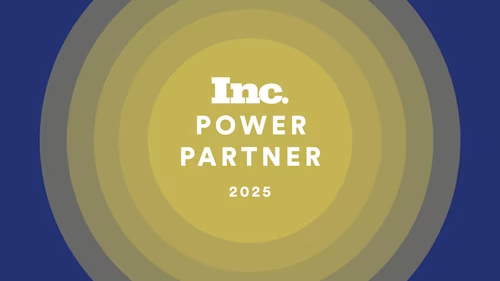
Signed Agreements: Sending and Signing with Docusign eSignature
Getting an agreement signed is fast and secure with the right electronic signature solution. See how Docusign makes it easy.

Electronic signature technology is used every day around the world in nearly every industry for many different types of agreements, such as non-disclosure agreements, sales contracts, emergency contact forms, purchase orders, and employment offer letters.
It’s helpful to think about electronic signature technology in two main ways:
Sending an agreement for someone else to sign
Signing an agreement you’ve received
Whether you’ve just received an electronic document to sign or need to distribute one to your employees, clients or vendors, Docusign eSignature can help speed up the process by eliminating manual tasks.
What is a signed agreement?
A signed agreement is a legally binding document in which two or more parties have agreed to specific terms, conditions, or obligations and have formally indicated their consent by signing the document. These agreements, also called contracts, outline the rights and responsibilities of each party involved. The act of signing the agreement demonstrates the parties' legally enforceable commitment to fulfilling the terms outlined within the document, and it can be used as evidence in legal proceedings if disputes arise.
Sending an agreement for electronic signature
Sending an agreement to be signed electronically involves either creating or uploading an existing document to be signed. An agreement that has been signed with an e-signature tool has the same legal enforceability as a signed agreement with a “wet” signature.
The electronic signing process is all about the experience—for customers, patients, users, citizens—whoever is receiving your document. It’s important to provide a seamless, fast and flexible experience for signers to avoid confusion and get signatures faster.
Here are some features in Docusign eSignature that help you create the best possible experience for your signers:
Basic fields: When creating a new document in eSignature, you’ll often need to provide fields for the signer to complete along with their signature. You can add drag-and-drop fields like Name, Title, Location or Date, as well as tools like check-box lists to gather the right information.
Document routing: After you’ve created your document, eSignature helps you route it to the right people at the right time for review and signature. It can even help you get signatures from multiple parties in a specified sequence. For example, if multiple people need to sign an NDA, you can route the document from one signer to the next to ensure each relevant party has completed the document.
Carbon copy: When you want to provide a copy of an agreement to someone who just needs to be carbon copied (CC’d), you can use the Receives a Copy recipient type. This recipient type can view, download and print the agreement documents, but cannot sign or take any other actions.
Getting agreements signed with electronic signatures
After you’ve sent an agreement for signature, it’s up to the recipients to sign. There are a number of ways to make the signing experience fast and seamless for your signers.
Here are some of the features Docusign eSignature provides to make getting a signed agreement easy:
Responsive Signing: When signers access an agreement on their mobile device they expect a great viewing experience. Responsive Signing is a feature that improves the display of documents based on the signer's device type. eSignature will automatically convert documents to HTML so that the document will adapt to the size and orientation of the signer’s device. Signers will no longer need to pinch and zoom around a static, shrunken-down PDF.
Reminders: You’ve likely been in a situation when you needed to remind someone to review and sign a document. With eSignature, that process can be automated. The sender can choose how many days after sending the envelope the first reminder will be sent, and how frequently reminders will be sent thereafter.
Comments: Allow the sender and recipients of an envelope to exchange notes in context of a document directly within the Docusign web and mobile signing experiences. The feature offers real-time comment notifications, as well as the ability to track and retain conversation history for Docusign agreements.
Enforceability of electronically signed agreements
The legal recognition of electronic signatures varies by country and region, but many countries, including the United States, have enacted laws and regulations that acknowledge the validity of electronic signatures. In the United States, for example, the Electronic Signatures in Global and National Commerce Act (ESIGN) and the Uniform Electronic Transactions Act (UETA) provide a legal framework for electronic signatures, making them generally equivalent to wet signatures for most types of transactions.
It’s important to note that there are exceptions and specific situations where an electronic signature on its own may not be sufficient. Examples of these exceptions include wills, certain real estate transactions, and other documents that require notarization. The level of acceptance and the specific requirements for electronic signatures can vary, so it's advisable to consult with a legal expert to review the relevant rules in your jurisdiction to ensure compliance with electronic signature requirements.
Get to a signed agreement quickly with Docusign
Using an electronic signature tool like Docusign eSignature promotes an easy, convenient signing experience for you and your partners while eliminating manual tasks in business processes.
Learn more about Docusign eSignature. Already have an account? Log in and check out these features today!
Related posts
Docusign IAM is the agreement platform your business needs



